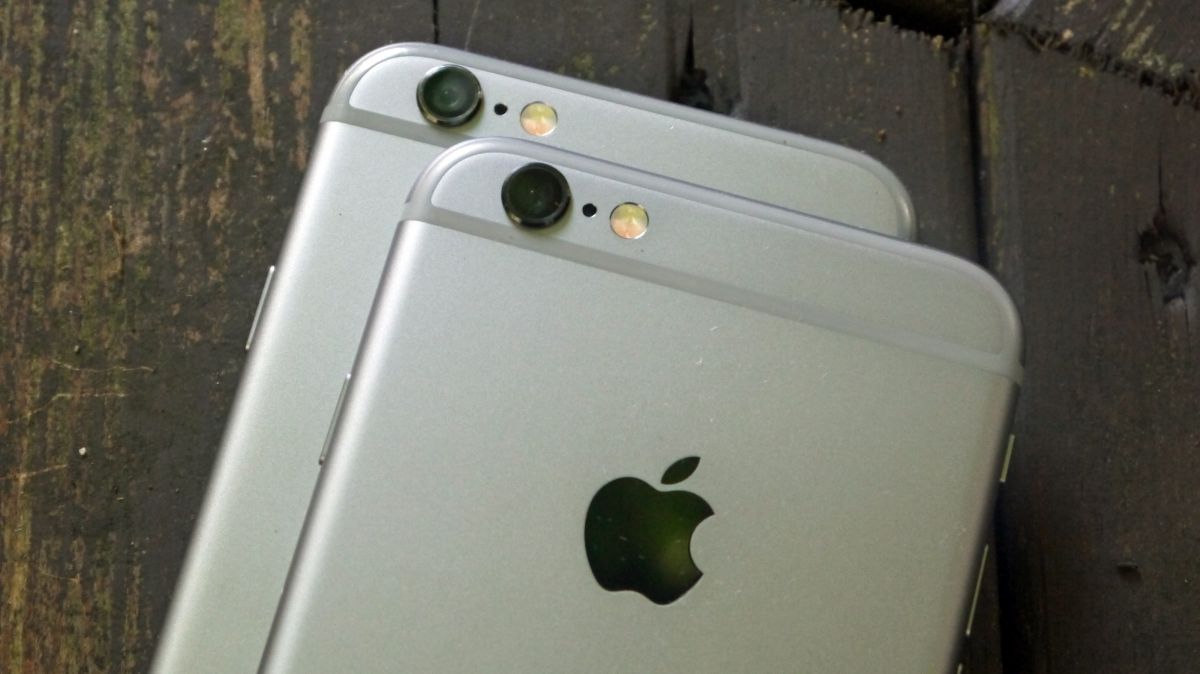
You’ve woken up, looked out the window and then looked down at the crumbling smartphone that you’ve been using for what feels like ever.
Some part of your mind decides that it’s time for an upgrade, and if you’re set on owning an iPhone, then you’ve got some big choices to make. You can spend a fortune on the newest iPhone 6S Plus, or spend some time in the second hand market – but what will get you just what you need?
With a bewildering selection of different specs, screen sizes and price points each of these handsets has something to offer every type of Apple fan – so we’ve boiled down the choices down for you in a simple-to-read format.
In chronological order then, from the affordable 4-inch iPhone 5 to the beastly 5.5-inch iPhone 6S Plus, these are the best iPhones for a variety of budgets and requirements.
iPhone 5

Released all the way back in 2012, the iPhone 5 is getting on a bit, but that makes it far more affordable than most of Apple’s phones.
Shop around and you can actually still find it new, from roughly £285/$260 (around AU$500), or if you’re happy to buy second hand you can grab it from around £120/$150/AU$279.
So it’s an ideal choice if you’re on a budget and as it was a flagship phone once the iPhone 5 is still a stylishly designed handset, with a slim metal and glass construction.
It’s also a great option for fans of smaller phones, as it has a 4-inch screen, making it easy to operate with one hand and slip into tiny bags and pockets.
Despite its age the iPhone 5 is upgradeable to iOS 9.2, which is the latest version of iOS, so you get an up to date software experience – albeit one that’s a little slower and less responsive than on newer models.
On the other hand, Apple will stop supporting it before more recent handsets and probably within the next two years, so if you plan to hold on to your phone for a long time it’s not such a good bet.
Given the relatively dated specs the iPhone 5 is also not ideal for anyone who wants top performance from their phone, particularly when it comes to demanding games and other smartphone-stressing apps – purely one for those wishing for a cheaper iPhone and some very basic apps.
iPhone 5C
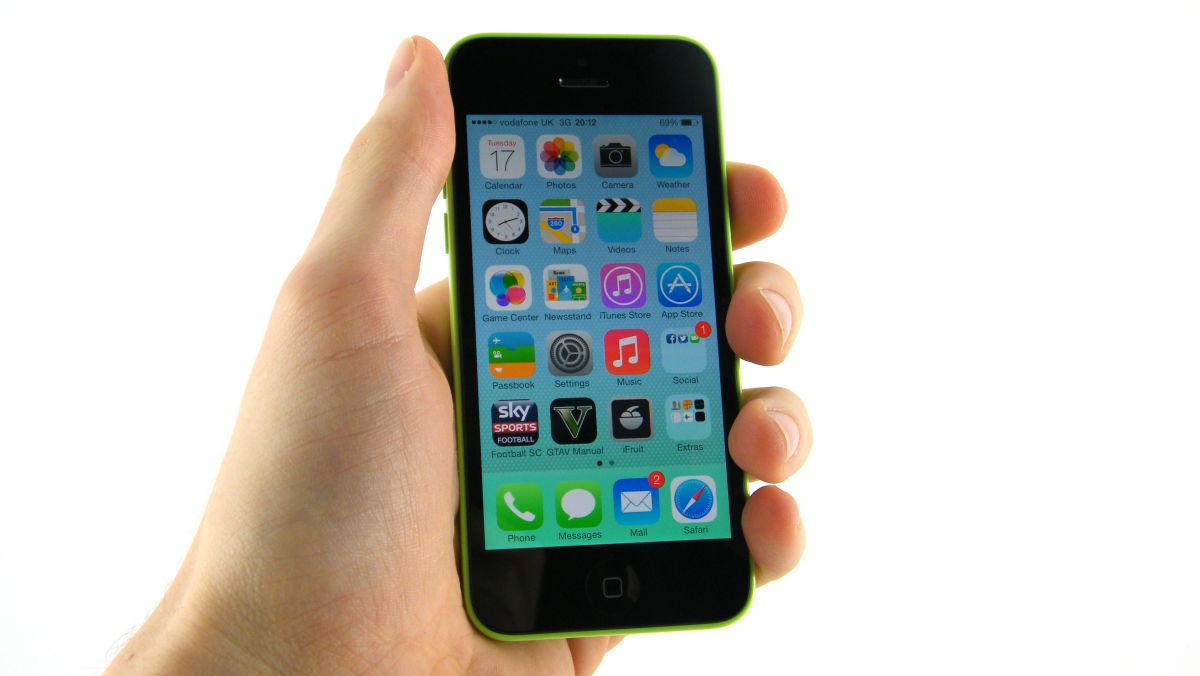
The iPhone 5C is essentiallt the iPhone 5 in a plastic shell. It’s Apple’s one and only attempt at a budget handset, but don’t mistake it for an entry-level phone, as it was still only affordable by Apple’s standards when it launched in 2013.
However, it’s been out for a while now and in that time it’s dropped in price to the point where it’s genuinely quite cheap, coming in at around £200/$250/AU$400 new or from £115/$145/AU$270 second hand, slightly undercutting the iPhone 5.
It’s the ‘ultimate’ budget iPhone then, but to take advantage of that extra saving you’ll have to sacrifice the premium build quality found on the iPhone 5 for the colourful plastic of the iPhone 5C.
On the other hand, as a newer phone it’s possible that Apple will support it with software updates for a little longer, though given the specs are virtually the same as the 2012 model there’s no guarantee of that.
Beyond the price and design the iPhone 5C should appeal to the same audience as the iPhone 5, namely those who want a compact handset and can live without the latest specs and features.
iPhone 5S
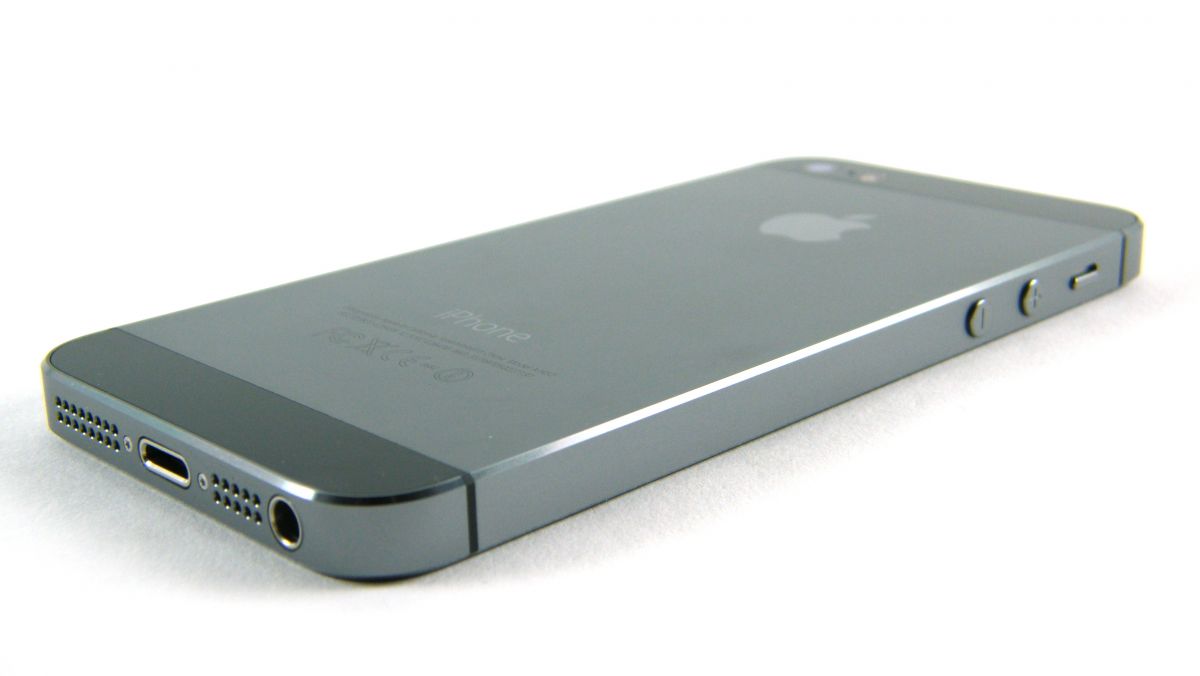
Apple followed up the iPhone 5 with the iPhone 5S. It has the same size and resolution screen, so it’s a compact 4-inch screen, making it ideal for anyone who doesn’t like lugging around an undersized tablet.
The premium design is much the same too, with a two-tone metal and glass construction. But it’s a little more powerful, with a newer processor under the hood. We’re still not in top-end territory here, (not by 2016 standards anyway), but it’s a little nippier under the finger.
The camera was also rather improved over the iPhone 5, with the 8MP snapper still taking decent photos despite its age. But perhaps the biggest change from the iPhone 5 is the addition of Touch ID, allowing you to secure the phone with your fingerprint.
Plus, as a newer handset it should still have a little bit of life in it, as Apple is likely to keep the OS updated for a while longer. If you don’t fancy upgrading again a year or two down the line, that’s worth factoring in as you should get to 2018 (or even 2019 if you’re a light user) before finally having to give in and upgrade.
All this comes at a cost though. You can still get the iPhone 5S direct from Apple, but it charges upwards of £379/$450/AU$749 for it, though you can get the price down to around £300/$420/AU$510 if you shop around.
Even then it’s a fair bit pricier than the iPhone 5, but if you have the money to spare it’s probably worth it for the extra power, future-proofing and fingerprint-scanning credentials of the iPhone 5S.
iPhone 6
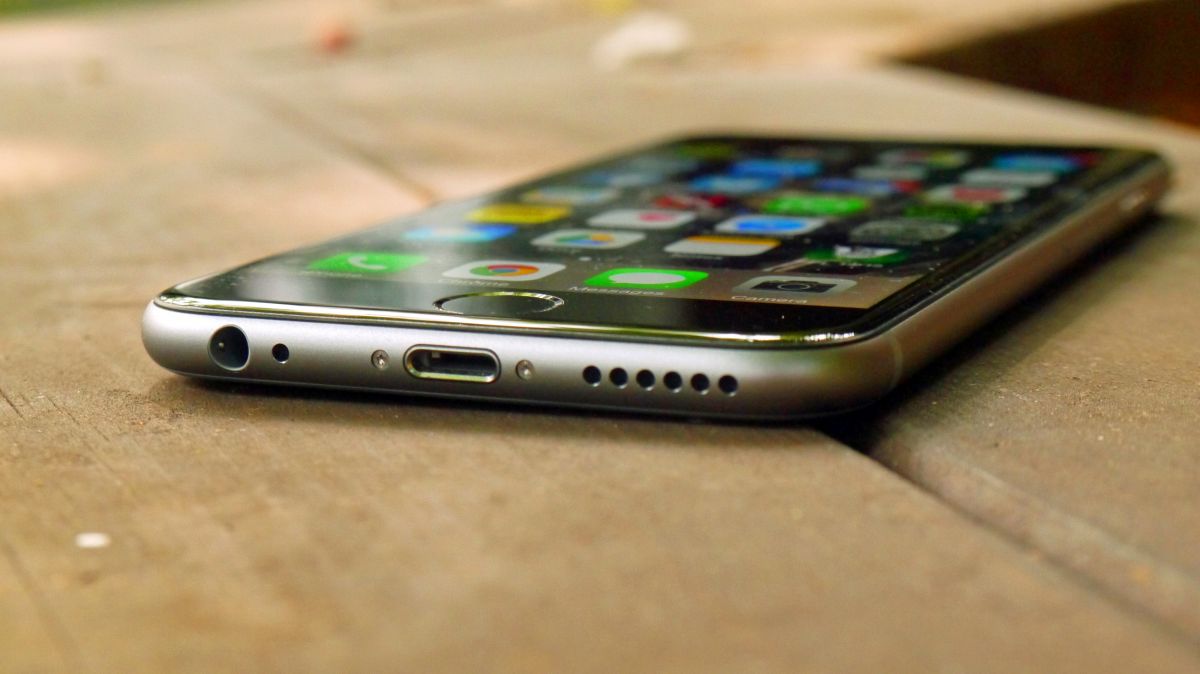
The iPhone 6 was a big change for Apple. Not only did it sport a curvier chassis than the last few models – complete with a change from metal and glass to all-metal – but it was also bigger, with a 4.7-inch screen.
Even that’s not massive by smartphone standards, but it’s substantially larger than the 4-inch iPhone 5S, bringing Apple into line with the trend of bigger screens that the rest of the competition was peddling.
The iPhone 6’s screen is sadly no sharper more or less sharp than the 5S though, as the resolution went up in line with the size, where rivals were shovelling in pixels at a rate of knots.
It is, however, far more powerful than the iPhone 5S, with an A8 processor giving it extra grunt. It’s since been beaten by the iPhone 6S, but the iPhone 6 is still one of the slickest performers around for most top apps.
Apple also packed in a better battery to help get you through the day. It’s still not stellar, but it will keep you going through a day of moderate use, making it a better fit for any phone addicts than Apple’s older handsets.
You can expect a few years of software updates too and while the design may not be to everyone’s tastes we’d argue that the curvy look is an improvement on the angular iPhone 5S.
Add to that the fact the iPhone 6 is readily available in sizes up to 64GB, and while older models had that option, they’re not as easy to find.
The main downside of the iPhone 6 is that it’s pretty pricey, starting at £459/$549/AU$929 when bought new. That’s more than some Android flagships cost and it’s not even the newest model, but it undeniably oozes a next-gen feeling for Apple fans.
iPhone 6 Plus
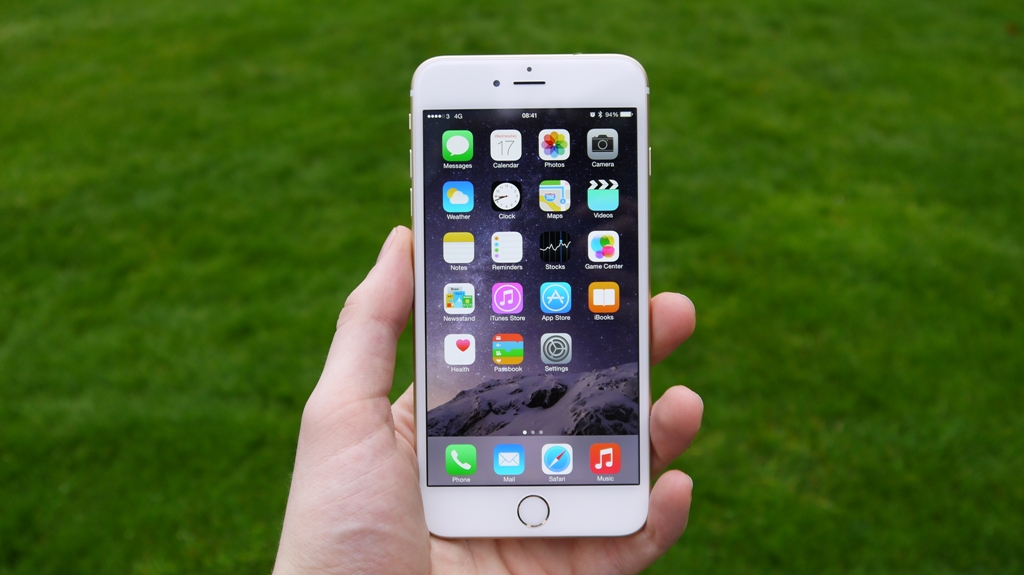
If 4.7 inches isn’t enough for you – you’re in luck. Apple launched the 5.5-inch iPhone 6 Plus alongside the iPhone 6 to give the phablet market something to chew over.
The extra size makes it a better option for watching movies, browsing the web and generally wasting time on your phone with. It’s also sharper than the iPhone 6, with a 1080 x 1920 401ppi screen, in place of a 750 x 1334 326ppi one.
But the extra size makes it tougher to use with one hand and anyone with smaller hands will likely struggle. It’s also not quite as pocket friendly, though it’s hardly massive compared to other phablets around.
In most other ways it’s a match for the iPhone 6, with the notable addition of optical image stabilisation for the camera offering better snaps, and the improved battery life is something a lot of iPhone owners crave.
The extra size adds to the cost though, with the iPhone 6 Plus setting buyers back upwards of £539/$649/AU$1,079, so your wallet won’t thank you for buying it.
iPhone 6S

The iPhone 6S, as you probably know, is Apple’s latest handset. The Apple A9 processor and a chunky 2GB of RAM, up from 1GB on the previous model, make it far superior in raw power over 2014’s model, and it’s got some other tricks too.
It’s got a brand new 12MP camera and the best selfie shooter Apple’s yet put on a phone. In other words, it’s a flagship fan’s dream, with no compromises put on performance or photography.
It does sport largely the same design and screen as the iPhone 6 though and the latter in particular is starting to feel a bit dated in the face of super sharp QHD screens from rivals.
Apple has at least added a new feature to the display, in the form of 3D Touch, which makes it pressure sensitive and offers new tricks for enhanced emailing and shortcuts around the homescreen.
Ultimately the iPhone 6S is the best 4.7-inch iPhone available and is likely to remain a compelling choice for years to come.
You’ve probably guessed what we’re going to say next though…. that’s right, you’ll pay for the privilege of owning it. Specifically, you’ll pay £539/$649/AU$1,079 and up, which is a lot, but not actually any more than the iPhone 6 Plus.
It’s also, along with the iPhone 6S Plus, the only iPhone available new with 128GB of storage, so if you’re big on storing loads of local content it’s one of the only iOS options.
iPhone 6S Plus
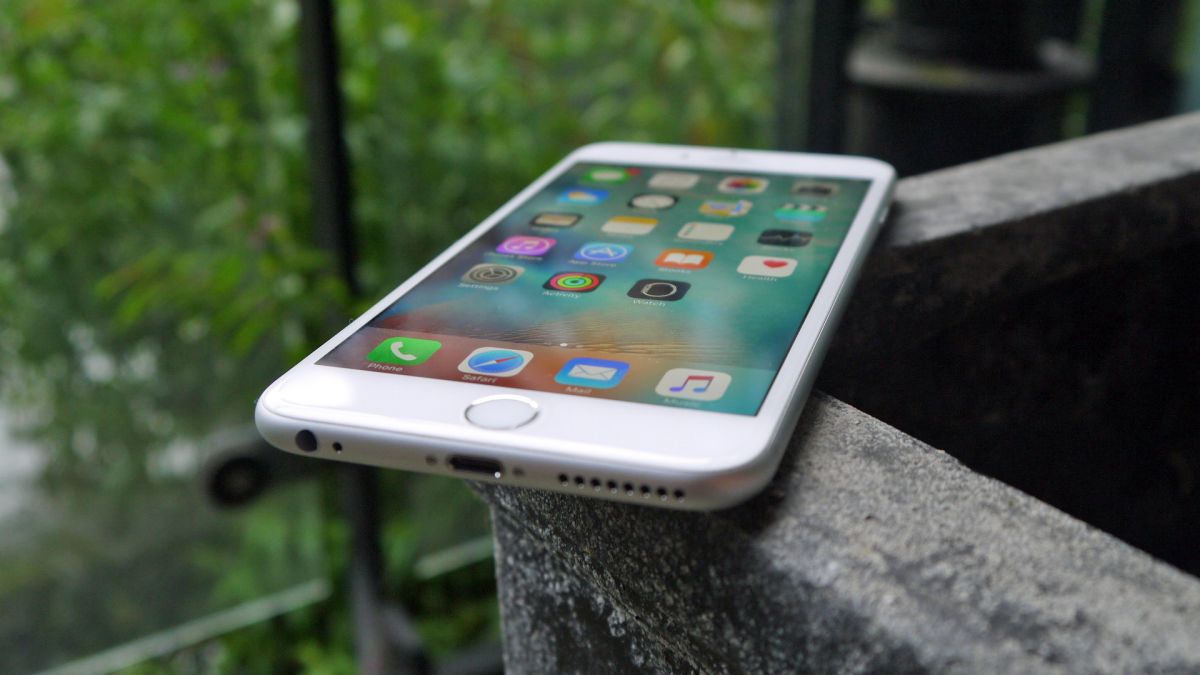
Here it is, Apple’s most expensive iPhone. The iPhone 6S Plus comes in at upwards of £619/$749/AU$1,229, but for that money you get everything the iPhone 6S has with a bigger and sharper 5.5-inch screen.
That makes it more unwieldy than the iPhone 6S, but a big screen also has a number of advantages, making movies and games more immersive – and the extra resolution really helps make apps look even better.
It also has a bigger and longer-lasting battery, matching the iPhone 6 Plus in terms of longevity, and for that reason alone fans of being future-proofed should look no further than the 6S Plus.
It’s big, powerful, feature-packed and going to last the longest of all the iPhones, making it the best Apple handset for phablet fans with money to burn. Plus, as it comes in sizes of up to 128GB you can store your entire movie collection on it, if that’s your thing.











































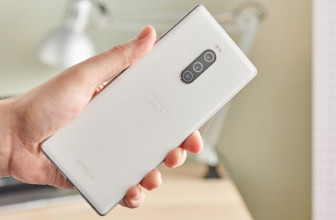
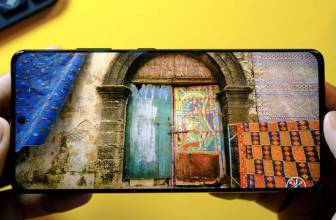
Very helpful, I already decided on the 6s Plus as I like the bigger and better screen and OIS, also the bigger battery is also a factor as well, I'm not one of those people who is obsessed with screen resolution, as long as the screen is 1080p like it is on the 6s Plus, I'm absolutely fine as it is the perfect resolution for a smartphone.
Due to the nature of the ageing, featureless OS it really does not matter, its simply a case of Big, Medium or Small. 99% of Apple users wouldn't care about the rest like OIS, they jus tbuy the phone Apple tells them too.